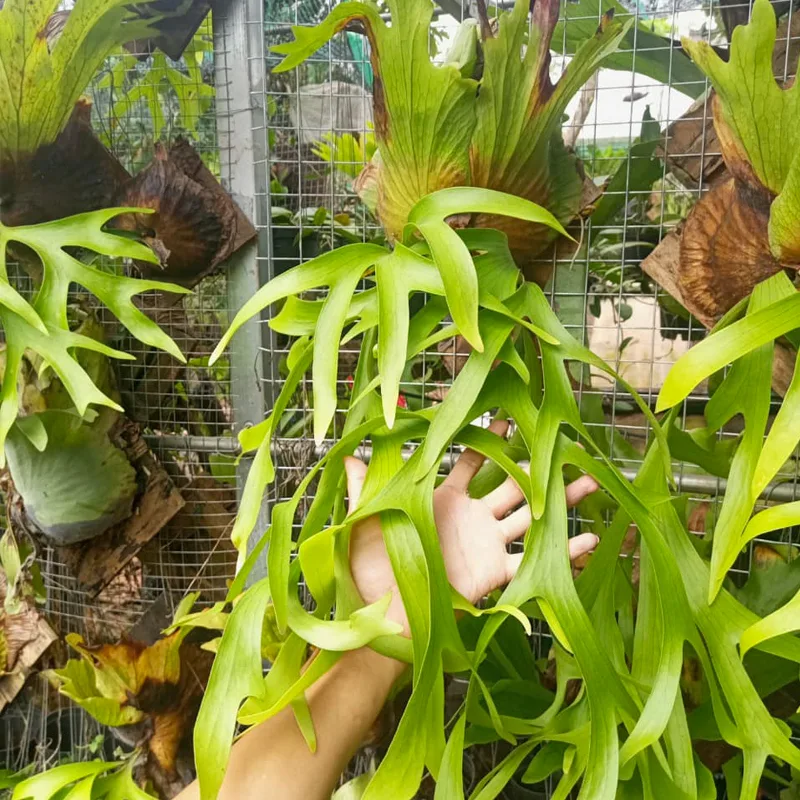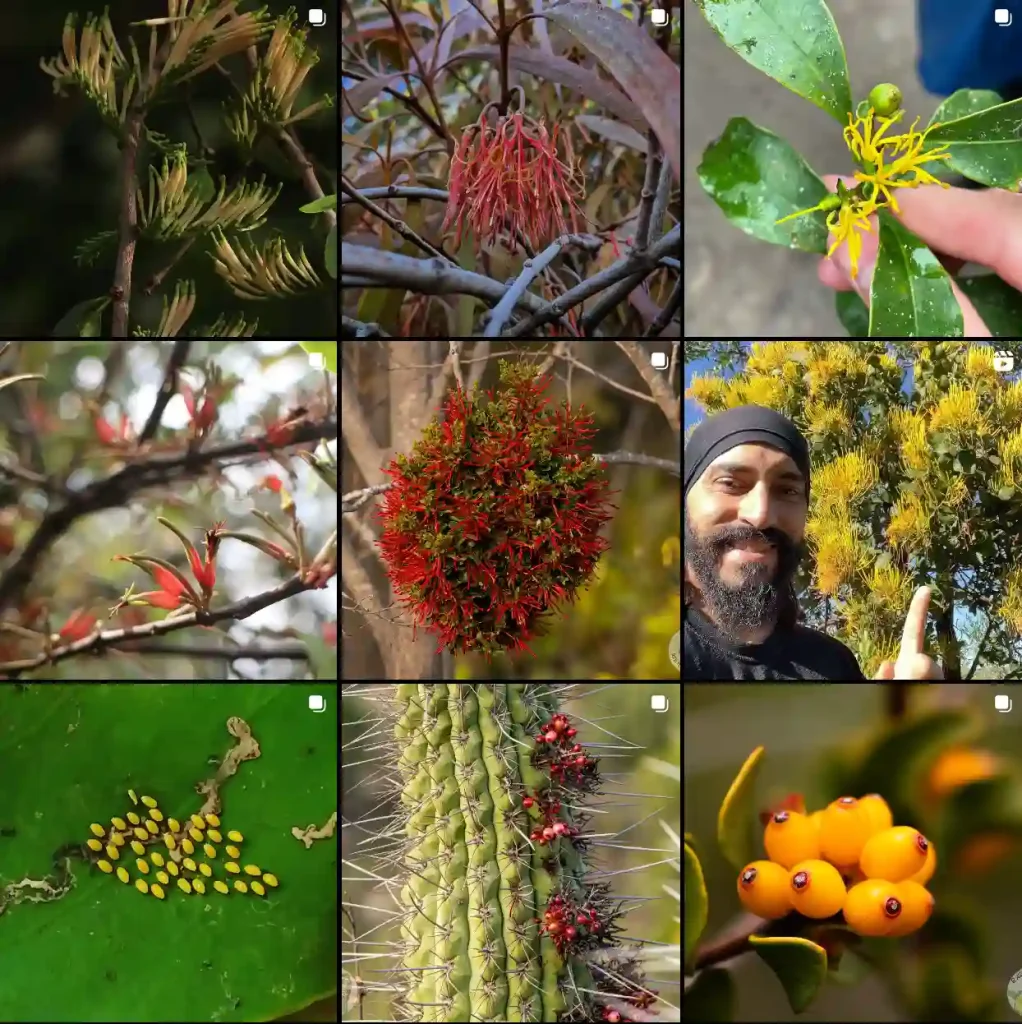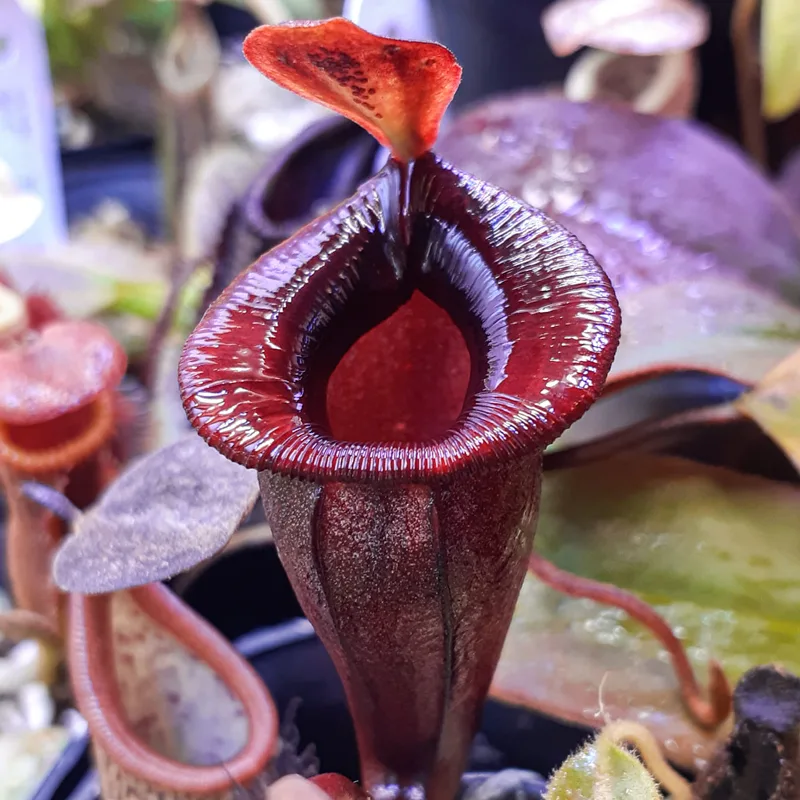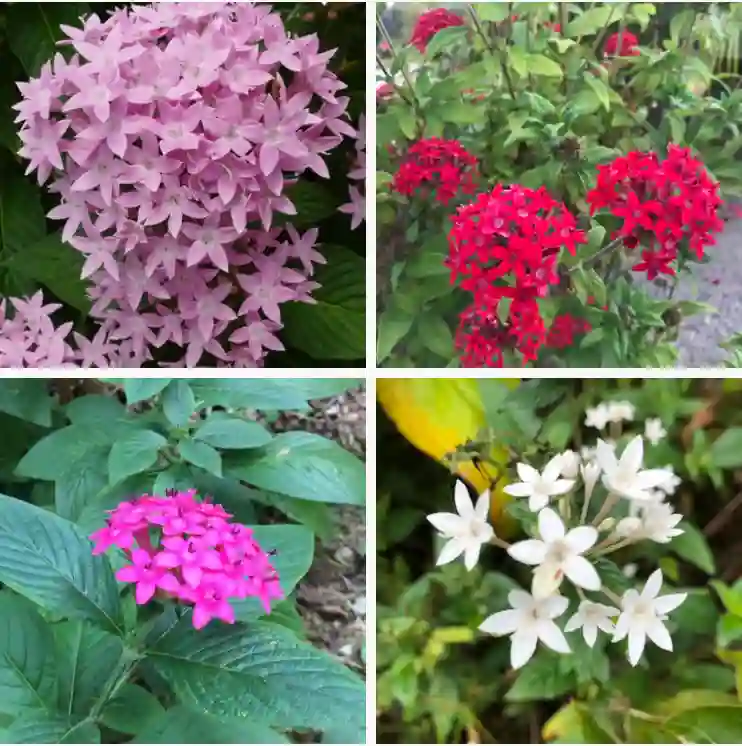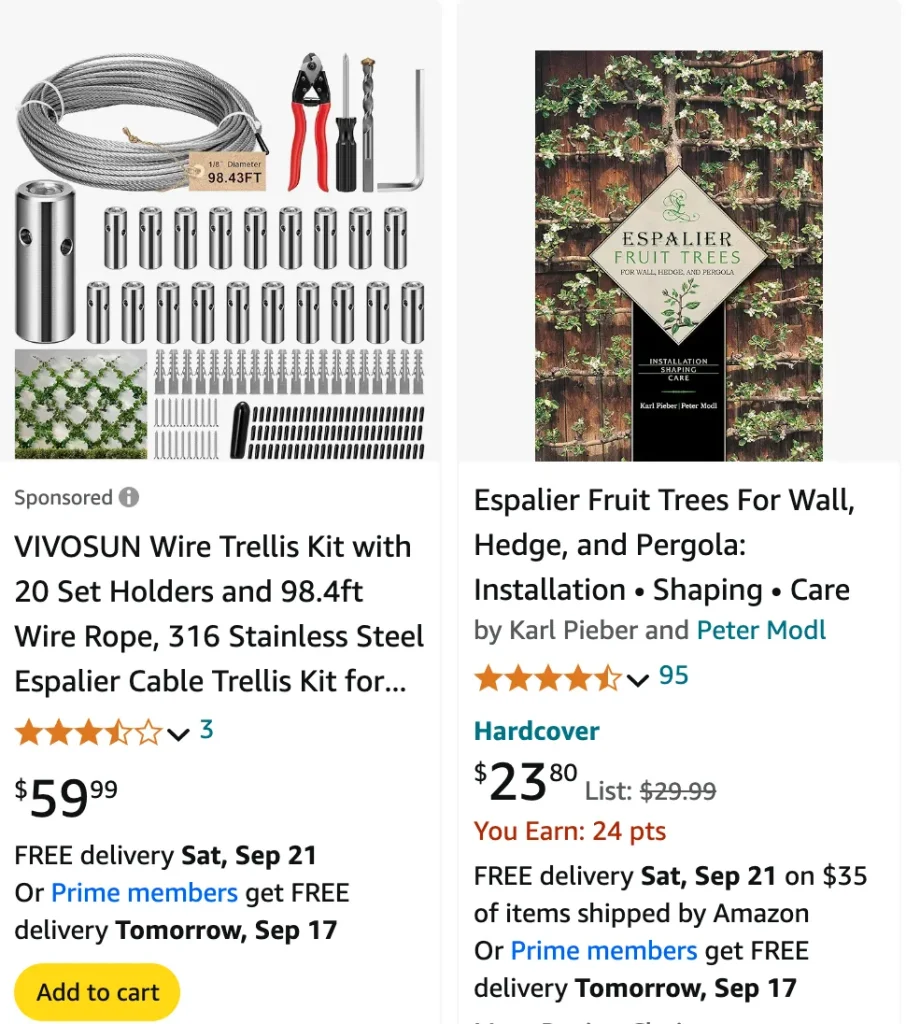
FAQs of Espalier Camellia
Espalier Camellia has become a popular choice for gardeners looking to combine elegance and functionality in their outdoor spaces. Espaliering involves training a plant to grow flat against a wall or fence, creating a visually appealing and space-saving arrangement. Here, I’ll address some common questions about espaliering Camellias, including practical tips on how to attach them to a fence and general care guidelines.
230 Species in Genus Camellia
What is Espalier Camellia?
Espalier Camellia refers to a Camellia plant that has been trained to grow in a specific, two-dimensional pattern against a vertical surface like a wall or fence. This technique not only saves space but also enhances the aesthetic appeal of the garden. The term “espalier” itself comes from the French word “espalier,” which means “trellis” or “to support.”
How to Espalier Camellia?
Espaliering a Camellia involves several key steps:
- Select the Right Camellia Variety: Choose a Camellia variety that has a naturally compact growth habit or responds well to pruning. Varieties like Camellia japonica or Camellia sasanqua are popular choices.
- Prepare the Support Structure: Install a sturdy support, such as a fence or trellis. Ensure it’s strong enough to support the growing plant and its eventual weight.
- Planting: Plant your Camellia at a suitable distance from the support structure to allow room for growth. Space it about 6 to 12 inches away from the wall or fence.
- Training the Plant: As the Camellia grows, gently guide the branches towards the support structure. Use soft ties or clips to attach the branches to the fence or trellis. Regularly check and adjust the ties to prevent damage to the plant.
- Pruning and Maintenance: Regular pruning is crucial to maintain the espalier shape. Prune back new growth to encourage lateral branching and keep the plant flat against the support.
How to Attach a Camellia to a Fence for Espalier?
Attaching a Camellia to a fence involves a few simple steps:
- Choose the Right Materials: Use soft, breathable ties or clips to avoid damaging the plant. Avoid using metal ties, as they can cause injury.
- Secure the Branches: Gently attach the main branches to the fence using your chosen ties. Position the ties in a way that supports the branch without constricting it.
- Adjust as Needed: As the plant grows, you may need to adjust the ties to accommodate new growth. Regularly check the plant to ensure the ties are not too tight.
How to Care for Espalier Camellia?
Caring for an espalier Camellia involves standard Camellia care practices, along with some additional attention:
- Watering: Ensure the plant receives regular watering, especially during dry spells. The soil should be kept consistently moist but not waterlogged.
- Fertilizing: Use a balanced, slow-release fertilizer to promote healthy growth. Feed the plant in early spring before new growth begins.
- Pruning: Regular pruning is essential for maintaining the espalier shape. Trim back excessive growth and shape the plant to keep it flat against the support.
- Pest and Disease Management: Keep an eye out for common pests like aphids or scale insects. Also, watch for signs of fungal diseases, such as leaf spots or mildew.
What to Plant with Espalier Camellia?
Pairing your espalier Camellia with complementary plants can enhance your garden’s visual appeal:
- Low-Growing Plants: Use low-growing ground covers or perennials that won’t overshadow the Camellia.
- Color Contrast: Combine with plants that offer contrasting foliage or bloom colors to highlight the Camellia’s beauty.
Can You Grow Espalier Camellia Indoors?
Espalier Camellias are typically grown outdoors, but they can be grown indoors under the right conditions:
- Light: Ensure they receive plenty of bright, indirect light. A south-facing window is ideal.
- Humidity: Camellias thrive in high humidity, so consider using a humidity tray or a room humidifier.
Common Problems with Espalier Camellia
- Poor Growth: May result from inadequate watering, poor soil, or insufficient light.
- Pest Infestations: Regular monitoring is necessary to manage pests like aphids or spider mites.
Espaliering Camellias can transform your garden into a sophisticated and functional space. By following these guidelines and addressing common concerns, you can enjoy a beautifully trained plant that enhances your outdoor area for years to come.
